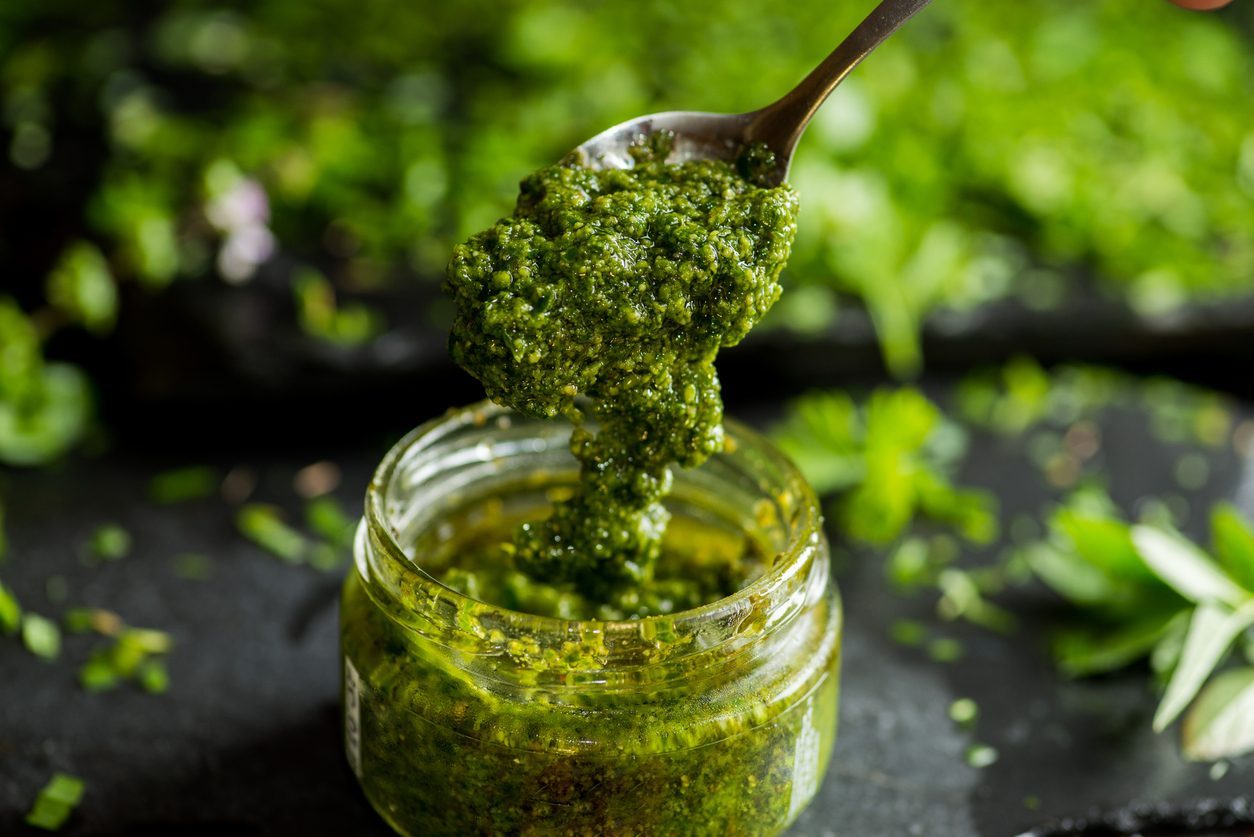
Marzipan, that sweet, almond-flavored paste, might be best known to some through fairytales, but it’s a real hero in the kitchen—especially as the festive season approaches. Easy to buy and even easier to make at home, marzipan is perfect for holiday treats and decorations. But, while it might seem forgiving, there’s a golden rule you don’t want to break: never overwork marzipan. Think you’re kneading it to perfection? You might just be stirring up a confectionery nightmare.
Why Overworking Marzipan is a Mistake
Marzipan is a delicate blend of finely ground almonds and sugar, with a texture that’s both soft and pliable. Overworking it, however, releases oils from the almonds, creating an overly greasy, tough paste that’s anything but pleasant to work with. The more you knead, the more oils you release, turning that smooth, creamy texture into a dry, crumbly mess. It’s a classic case of “less is more”—gentle handling keeps marzipan soft and easy to shape.

How Overworking Ruins Marzipan’s Structure
Marzipan’s beauty lies in its smoothness, ideal for creating intricate shapes and vibrant cake decorations. But when overworked, the structure changes, making it challenging to mold. Think of it like clay that’s been left out too long; it loses that perfect balance of softness and becomes oddly resistant. When marzipan’s texture shifts from smooth and pliable to stubborn and crumbly, shaping becomes a chore rather than a pleasure.
Keeping the Almond Essence Intact
One of marzipan’s most delightful qualities is its almond flavor, delicate yet distinctive. Overworking it, however, can mute these natural flavors. As oils are released and the paste becomes greasier, it loses some of its lightness and delicate taste, leaning instead toward a dense, overly fatty profile. So, for marzipan that tastes as good as it looks, treat it like a prized ingredient—handle it with care and a light touch.

How to Know When You’ve Overworked Marzipan
How can you tell if you’re pushing marzipan past its prime? First, watch for an oily sheen—it’s a clear signal that too much handling has forced out the natural oils. If it starts to crack or crumble while shaping, that’s another red flag. And if it feels dense or sticky rather than light and soft, it’s time to step away from the kneading. By keeping an eye on these signs, you can stop yourself from transforming this sweet treat into a chewy disaster.


;Resize,width=712;)
;Resize,width=767;)
